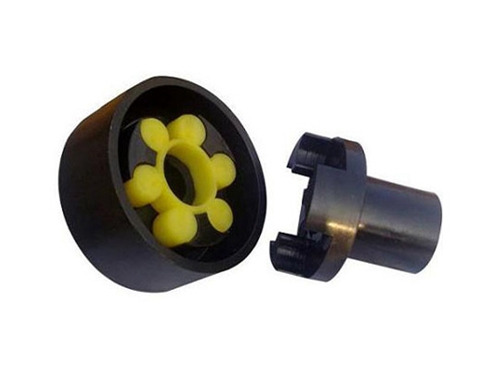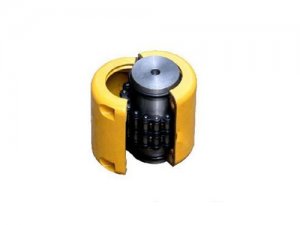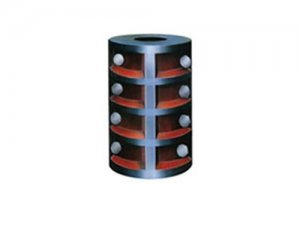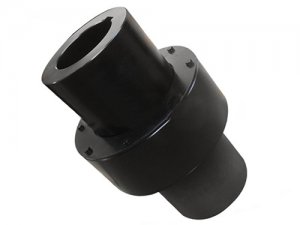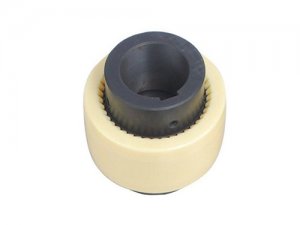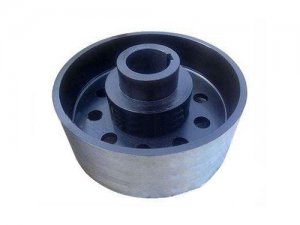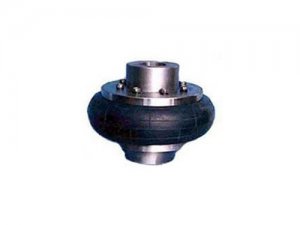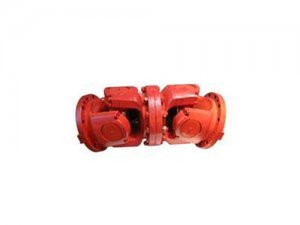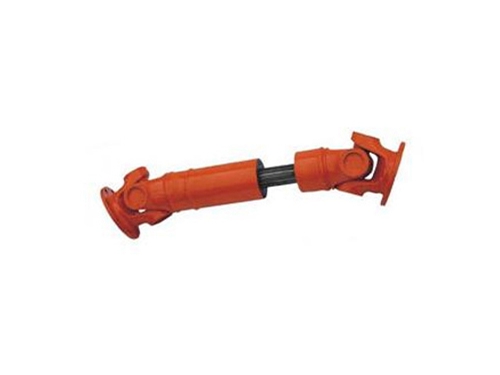
-
product name:
-
product description:SWP_B type has a telescopic short universal coupling suitable for rolling machinery, lifting and transporting machinery and other heavy machinery, connecting two coaxial lines..
-
Related tags:
SWP_B type has a telescopic short universal coupling suitable for steel rolling machinery, lifting and transporting machinery and other heavy machinery. It connects two coaxial transmission bearings with a rotating diameter of 160-640MM and a transmission rated torque of 16-1250KN. , m-axis bending angle β≤10. SWP_B type has a telescopic short universal coupling due to the unstable driving torque of the power machine and the load moment of the working machine, as well as the impact caused by the manufacturing error of the transmission parts and the dynamic load caused by the unbalanced centrifugal inertia force of the parts, which makes the transmission The shafting system generates mechanical vibration under variable load (cyclical variable load and non-periodic impact load), which will affect the service life and performance of the machine, destroy the normal working conditions of instruments and meters, and cause additional shafting parts Dynamic stress, when the total stress or alternating stress exceeds the allowable limit respectively, the universal coupling will cause damage or fatigue damage to the parts.When designing or selecting couplings for transmitting torque and motion, analysis and calculation of torsional vibration should be carried out. The purpose is to find the natural frequency of the shaft system to determine the critical speed of each order of the power machine, so as to calculate the torsional vibration of the shaft. Additional loads and stresses generated by the system and transmission device.Vibration damping and buffering measures are adopted. The basic principle is to reasonably match the quality, stiffness, damping and interference force of the system and the frequency, so that the transmission device does not operate within the speed range of the resonance zone, or does not appear strong within the operating speed The resonance phenomenon.Another feasible method is to use high-flexibility elastic couplings in the shafting system, referred to as high-elasticity couplings, to reduce the natural frequency of the shafting system and use its damping characteristics to reduce the torsional vibration amplitude.
There are many types of couplings, according to the relative position and position changes of the two shafts connected, they can be divided into:
①Fixed coupling.It is mainly used in places where two shafts require strict alignment and no relative displacement during work. The structure is generally simple, easy to manufacture, and the instantaneous speed of the two shafts is the same, mainly including flange couplings, sleeve couplings, and clamps Shell couplings, etc. ②Removable coupling.It is mainly used where the two shafts are deviated or have relative displacement during work. According to the method of compensating displacement, it can be divided into rigid movable coupling and elastic movable coupling.Rigid movable couplings use the dynamic connection between the working parts of the coupling to have a certain direction or several directions of mobility to compensate, such as jaw coupling (allowing axial displacement), cross groove coupling (Used to connect two shafts with small parallel displacement or angular displacement), universal coupling (used in places where the two shafts have a large deflection angle or a large angular displacement during work), gear coupling (Comprehensive displacement allowed), chain couplings (radial displacement allowed), etc., elastic movable couplings (referred to as elastic couplings) use elastic deformation of elastic elements to compensate for the deflection and displacement of the two shafts, Elastic elements also have buffering and damping properties, such as serpentine spring couplings, radial multilayer leaf spring couplings, elastic ring pin couplings, nylon pin couplings, rubber sleeve couplings, etc. .Some couplings have been standardized.When selecting, you should first select the appropriate type according to the work requirements, and then calculate the torque and speed according to the shaft diameter, and then find out the applicable models from the relevant manuals, and check some key parts.
The universal coupling uses bolts and self-locking nuts to connect the flanges at both ends to other mechanical components. The transfer torque is transmitted through the friction between the flange end key and the flange.The bolts can only be inserted from the flange side that matches the coupling. The nuts are tightened from the flange side of the universal coupling. The mechanical properties of the bolts meet the 3098.1 level in GB10.9, and the mechanical properties of the nuts should meet GB3098.4. Level 10 regulations in XNUMX.In this way, the coupling can be well linked.
Universal coupling is a mechanical part used to connect two shafts (active shaft and driven shaft) in different mechanisms to make them rotate together to transmit torque.In high-speed and heavy-duty power transmission, some couplings also have the function of buffering, damping and improving the dynamic performance of the shafting.The coupling is composed of two halves, which are respectively connected with the driving shaft and the driven shaft.The general power machine is mostly connected with the working machine by means of a coupling.
- Previous:Nothing
- Next:SWP-E type-with telescopic short universal coupling
Company News
News

Copyright © 2017-2018 Hengli Transmission All Right Reserved.



